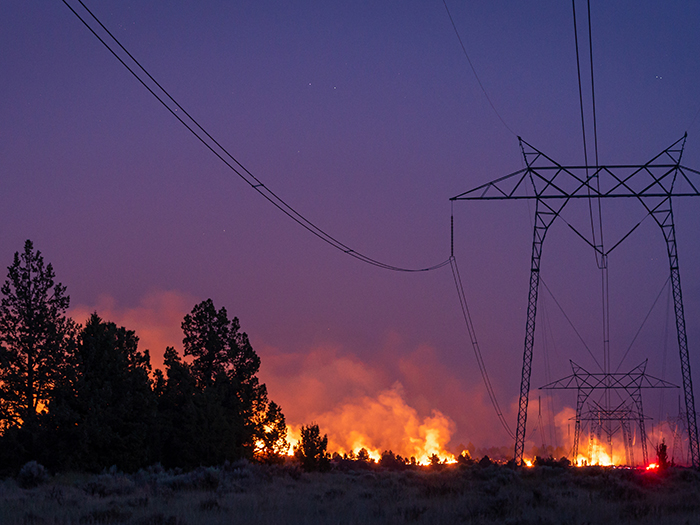Teddy Award Finalist
Delighting in the Details

One of the cornerstones of quantum mechanics is the Heisenberg Uncertainty Principle, which states that it is not possible to know a particle’s momentum and position at the same time.
Eisenhower Medical Center operates on a corollary that’s just as absolute, but a heck of a lot more practical. Call it the Eisenhower Certainty Principle.
Summed up, this principle is that by knowing every detail about every workers’ comp claim, it is possible to reduce both the frequency and severity of injuries and claims at the same time.
Eisenhower Medical Center, a large West Coast health care institution, is the Coachella Valley’s only not-for-profit hospital. Its 476-bed main facility adjoins medical office buildings and several urgent care centers. The specific injury or illness risks faced by its employees include repetitive motion injuries, slips and falls, and patient-lifting-related strains and sprains. The Coachella Valley has a limited number of specialists who accept workers’ compensation patients.
In 2008, the Prevention of Injury Program Committee revamped its prevention strategies to focus on Eisenhower’s top five high-risk injuries, and designated sub-committees to address each of these areas. In 2009, Eisenhower moved from paper to an online incident reporting system. That reduced the number of incidents reported by 50 percent in a very short time.
“We really saw a significant drop month to month in the number of injuries when we started recording the details,” said Cynthia Clipper-Gray, injury prevention manager.
She said the system was introduced in good faith as a way to improve care, expedite return-to-work and control costs. While documenting the incident from the employee’s perspective, the system also provides a means of engaging the employee in the root cause process of evaluating the incident.
“Once it became clear that we were documenting and tracking injuries, and following them to their causes, it seems that quite a few people reconsidered reporting,” she said. “That got us down to the serious incidents that really happened, and allowed us to develop interventions to prevent or reduce them from happening.”
Once the view of injuries was clearer, two different types of injury came into focus. “Things like ergonomic [injuries] we found were relatively simple to resolve and prevent,” said Clipper-Gray. “Once we had identified causes, we could train employees, modify equipment and facilities, and see a quick drop in number and expense of incidents. Other challenges, like trips and falls, were much harder to reduce.”
Another innovative development from the tracking initiative, said Clipper-Gray, is the job-function match program, which is similar to a job safety analysis. “It allows us to assess potential exposures that are part of essential functions on any given job. That means we can modify job descriptions to ensure that work gets done in a safer way.”
The initiatives have yielded another striking figure: “We have reduced our temporary disability payments to zero for the last five quarters running,” said Clipper-Gray.
That said, all the technology in the world won’t accomplish anything without teamwork, said Liz Guignier, vice president of human resources for Eisenhower.
“All of the people involved in a workers’ comp case tend to look at things from their own perspective. What we are able to do now is bring those people together. Cynthia does a great job of coordinating that, but the spirit of teamwork is very important. The attention to detail in getting cases resolved and getting people back to work is really remarkable.”
On that point there is no uncertainty whatsoever.











